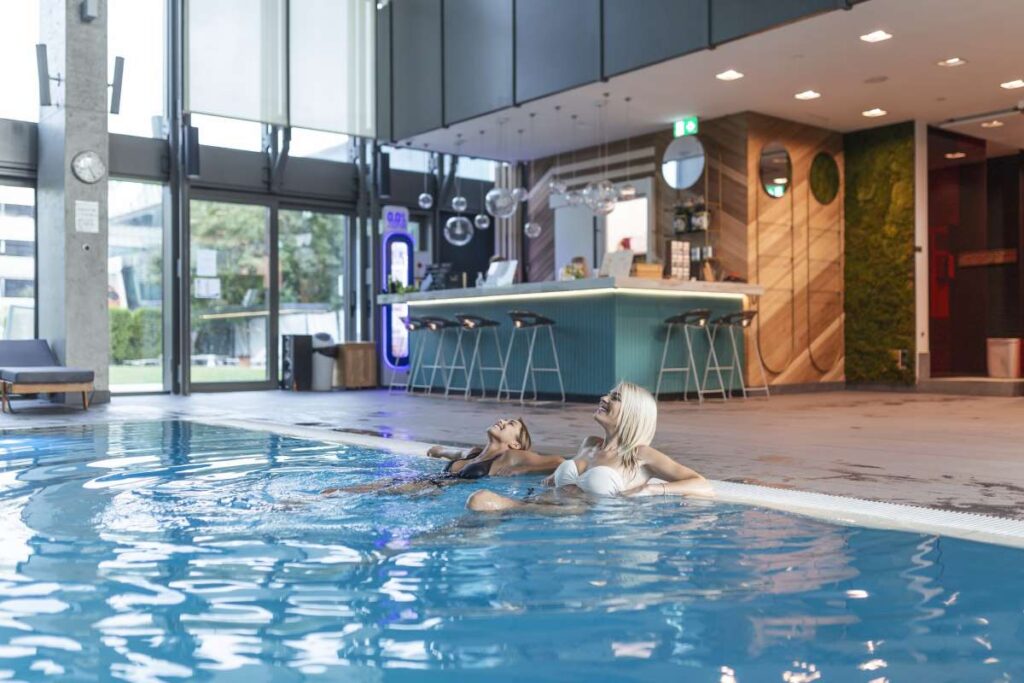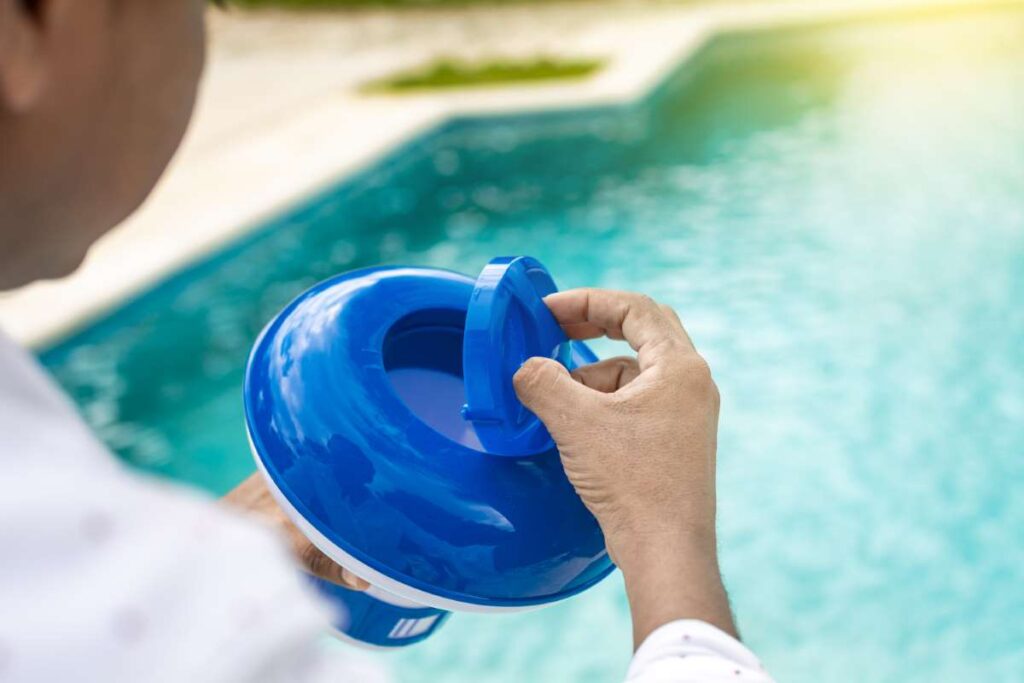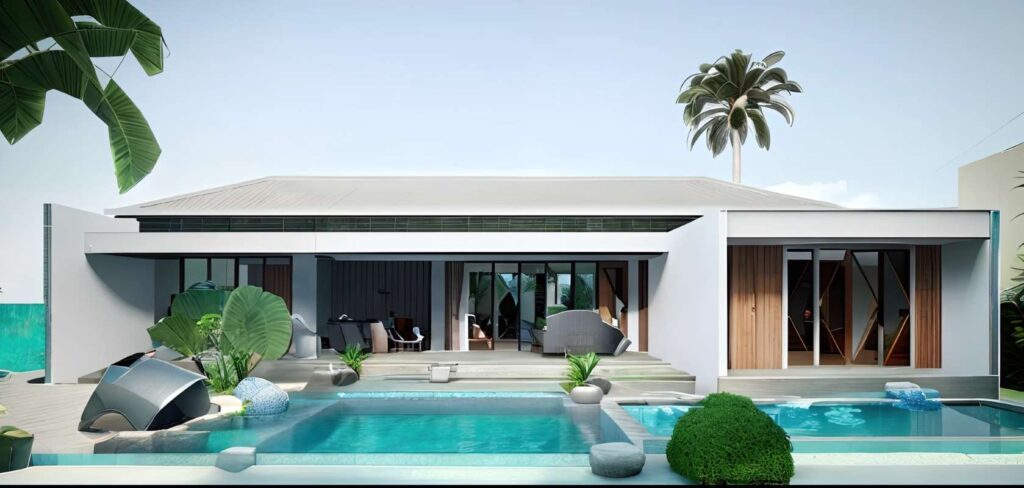Palm Coast, Florida’s beach communities are evolving, and effective route design is essential for enhancing accessibility and fostering local business growth.
Route Design for Beach Communities in Palm Coast, Florida
In the picturesque coastal city of Palm Coast, Florida, route design plays a pivotal role in shaping the experience of residents and visitors alike. As a thriving beach community, Palm Coast not only attracts tourists but also serves as a vibrant hub for local businesses. This blog post delves into the intricacies of route design specifically tailored for beach communities like Palm Coast, highlighting its importance, challenges, and best practices.
With the rising popularity of coastal living, effective route design is crucial for ensuring that residents can access essential services, recreational areas, and local businesses. This post will explore the impact of well-planned routes on community engagement, economic growth, and environmental sustainability, while also providing actionable insights for local authorities, urban planners, and business owners.
As Palm Coast continues to develop, the need for efficient transportation routes that accommodate both vehicles and pedestrians has become increasingly evident. The design of these routes must consider the unique characteristics of coastal communities, including high tourist traffic, seasonal fluctuations, and the preservation of natural beauty.
Effective route design not only enhances accessibility but also promotes community interaction. A well-planned route system can facilitate easier access to beaches, parks, and recreational areas, ultimately improving the quality of life for residents and visitors. Furthermore, it can stimulate local businesses by increasing foot traffic and encouraging exploration of the area.
The Importance of Route Design in Beach Communities
The significance of route design in beach communities like Palm Coast cannot be overstated. Well-designed routes ensure efficient movement within the community, providing vital access to local amenities and services. For instance, routes should be optimized for both vehicles and pedestrians, incorporating bike lanes and walking paths that make it safe for everyone to enjoy the coastal environment.
Statistics show that communities with thoughtfully designed routes experience higher levels of local commerce. A study from the National Association of Realtors found that walkable communities see increased foot traffic, resulting in a 20% boost in sales for local businesses. Similarly, Palm Coast stands to benefit from improved route design that encourages exploration and patronage of local shops, restaurants, and service providers.
Moreover, sustainable route design can also mitigate traffic congestion and reduce environmental impacts. By prioritizing public transportation and pedestrian pathways, Palm Coast can enhance its appeal as an eco-friendly destination. This aligns with the values of many modern consumers who prioritize sustainability in their travel choices.
Challenges Faced in Route Design
Despite the numerous benefits, designing effective routes in beach communities presents unique challenges. One major issue is the seasonal influx of tourists, which can lead to traffic congestion and accessibility issues. During peak tourist seasons, the existing routes may become overwhelmed, making it difficult for residents to navigate their own neighborhoods.
Additionally, the geographic features of Palm Coast, including its natural landscapes and coastal proximity, can pose challenges. Designing routes that respect and preserve these areas while still providing necessary access is vital. Incorporating features such as elevated walkways or bike paths that offer scenic views can enhance the aesthetic appeal while also addressing accessibility needs.
Urban planners must also consider the diverse needs of the community. Palm Coast is home to a wide range of residents, from families to retirees, each with different transportation preferences and needs. A one-size-fits-all approach may not suffice, and planners must adopt a flexible strategy that accommodates various user groups.
Best Practices in Route Design
To overcome the challenges of route design in beach communities, several best practices can be adopted. Firstly, conducting thorough community engagement is essential. Urban planners should involve residents in the planning process through surveys or public meetings, ensuring that the routes reflect the needs and preferences of the community.
Incorporating technology into route design can also provide valuable insights. Using Geographic Information Systems (GIS) allows planners to visualize patterns of movement and identify areas that require improvement. This data-driven approach ensures that resources are allocated effectively, targeting areas that will yield the greatest benefits.
Another best practice is to prioritize multimodal transportation options. Incorporating bike lanes, pedestrian paths, and public transit options can create a more connected community. By encouraging alternative modes of transport, Palm Coast can reduce traffic congestion and promote healthier lifestyles among its residents.
Case Studies: Successful Route Design Implementation
Examining successful case studies can provide valuable insights into effective route design strategies. One notable example is the city of Santa Monica, California, which revamped its transportation routes to improve accessibility while promoting local businesses. The city implemented bike-sharing programs and expanded pedestrian zones, resulting in a significant increase in foot traffic and local commerce.
Similarly, in Sarasota, Florida, urban planners redesigned routes to prioritize public transportation while incorporating green spaces. This dual approach not only improved accessibility but also enhanced the overall quality of life for residents. Such successful implementations serve as models for Palm Coast as it seeks to optimize its route design.
Environmental Considerations in Route Design
In addition to improving accessibility and promoting local businesses, route design in beach communities must also consider environmental sustainability. Protecting natural habitats and coastal ecosystems is paramount, and routes should be designed to minimize disruption to these areas.
Incorporating green infrastructure such as permeable pavement and rain gardens can help manage stormwater runoff while enhancing the landscape’s aesthetic appeal. Such initiatives not only promote environmental health but also increase community resilience against climate change impacts.
Moreover, designing routes that encourage outdoor activities, such as walking and biking, aligns with the growing trend of eco-conscious living. By promoting healthier modes of transportation, Palm Coast can position itself as a leader in sustainable coastal community design.
Engaging the Community in Route Design
Community involvement is crucial in shaping effective route designs. Organizing workshops and forums where residents can voice their opinions and suggestions fosters a sense of ownership and investment in the project. Engaging local businesses in the conversation can also lead to collaborative solutions that benefit the entire community.
Social media campaigns can serve as an effective tool for gathering feedback and encouraging public participation. Utilizing platforms like Facebook or Instagram can help reach a broader audience and ensure diverse perspectives are considered. This approach not only enhances the design process but also builds community ties.
Ultimately, fostering a collaborative environment will result in route designs that reflect the unique character of Palm Coast while catering to the diverse needs of its residents and visitors.
Conclusion
In conclusion, route design for beach communities like Palm Coast, Florida, is a multifaceted endeavor that requires careful consideration of accessibility, community engagement, and environmental sustainability. The benefits of effective route planning extend beyond mere transportation, playing a crucial role in enhancing local businesses and improving residents’ quality of life.
By addressing the challenges of seasonal tourism and embracing best practices in route design, Palm Coast can create a more connected, accessible, and vibrant community for all. As the city continues to evolve, proactive urban planning will be essential in ensuring that it retains its charm while fostering growth and sustainability.
If you’re interested in exploring the potential of investing in local businesses and community development, consider looking into opportunities such as [Pool Routes for Sale](https://pool-routes-for-sale.com/). Engaging with established service routes can provide immediate income and contribute positively to the community’s economic landscape.



